re-bed window panes in new glazing putty or...
slateberry
12 years ago
Related Stories
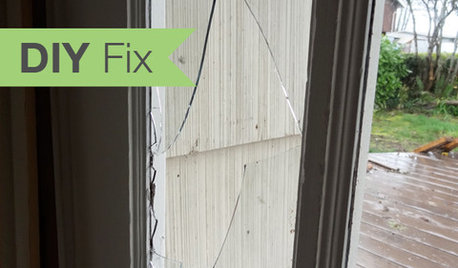
HOUSEKEEPINGDIY Fix: How to Repair a Broken Glass Door Pane
Don't let broken glass shatter your self-esteem. You can fix it more easily and more inexpensively than you might realize
Full Story
DECORATING GUIDESHow to Work With Awkward Windows
Use smart furniture placement and window coverings to balance that problem pane, and no one will be the wiser
Full Story
STAIRWAYSClear Staircases — They're a Real Glass Act
If you're flush with funds, you can have a ball with crystal on your stairs. The rest of us can just marvel from afar
Full Story
WINDOWSFrame the View with Divided-Light Windows
Multi-pane windows add architectural interest to rooms of any style
Full Story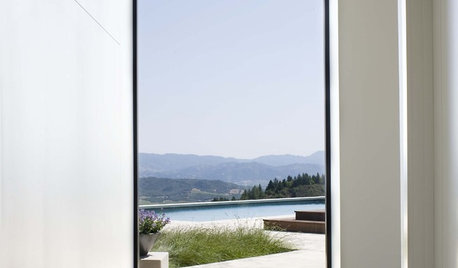
WINDOWSExpand Your View with Picture Windows
Minimal, pane-free windows make a clear connection between indoors and out
Full Story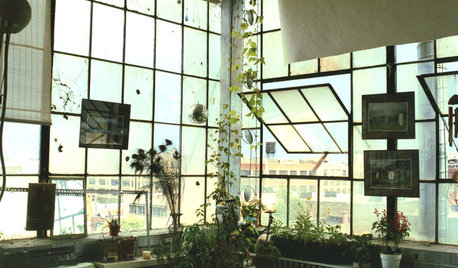
WINDOWSSalvage Spotlight: Warehouse Windows Become a Storage Screen
Full of character but originally short on practicality, these panes in a Brooklyn loft now hide gear instead of leaking air
Full Story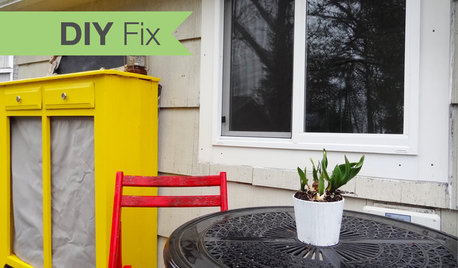
Replace Your Windows and Save Money — a How-to Guide
Reduce drafts to lower heating bills by swapping out old panes for new, in this DIY project for handy homeowners
Full Story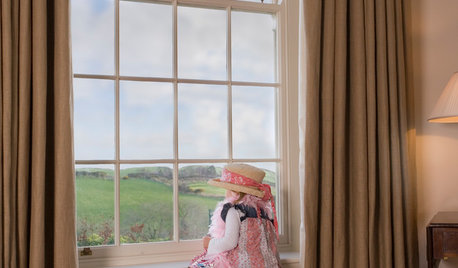
REMODELING GUIDESDouble-Hung Windows Offer Singular Traditional Style
They're efficient. They're visually appealing. They come in many materials and finishes. Is it any wonder double-hung windows are classics?
Full Story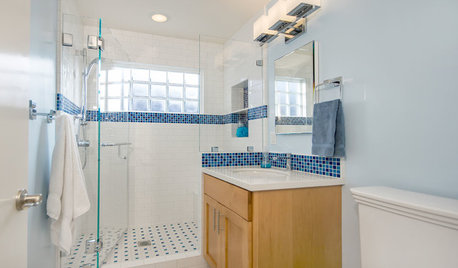
BATHROOM DESIGNLight-Happy Changes Upgrade a Small Bathroom
Glass block windows, Starphire glass shower panes and bright white and blue tile make for a bright new bathroom design
Full Story
WINDOW TREATMENTSEasy Green: 9 Low-Cost Ways to Insulate Windows and Doors
Block drafts to boost both warmth and energy savings with these inexpensive but effective insulating strategies
Full StoryMore Discussions









brickeyee
liriodendron
Related Professionals
Cuyahoga Falls Kitchen & Bathroom Designers · Northbrook Kitchen & Bathroom Designers · Winton Kitchen & Bathroom Designers · Eagle Mountain Kitchen & Bathroom Remodelers · Feasterville Trevose Kitchen & Bathroom Remodelers · Citrus Park Kitchen & Bathroom Remodelers · Blasdell Kitchen & Bathroom Remodelers · Glen Carbon Kitchen & Bathroom Remodelers · Rolling Hills Estates Kitchen & Bathroom Remodelers · Sharonville Kitchen & Bathroom Remodelers · Daly City Architects & Building Designers · Panama City Beach Architects & Building Designers · River Edge Architects & Building Designers · Schiller Park Architects & Building Designers · Ronkonkoma Architects & Building DesignersslateberryOriginal Author
brickeyee
sombreuil_mongrel
slateberryOriginal Author
sombreuil_mongrel
columbusguy1
sombreuil_mongrel
miragesmack
sombreuil_mongrel
columbusguy1